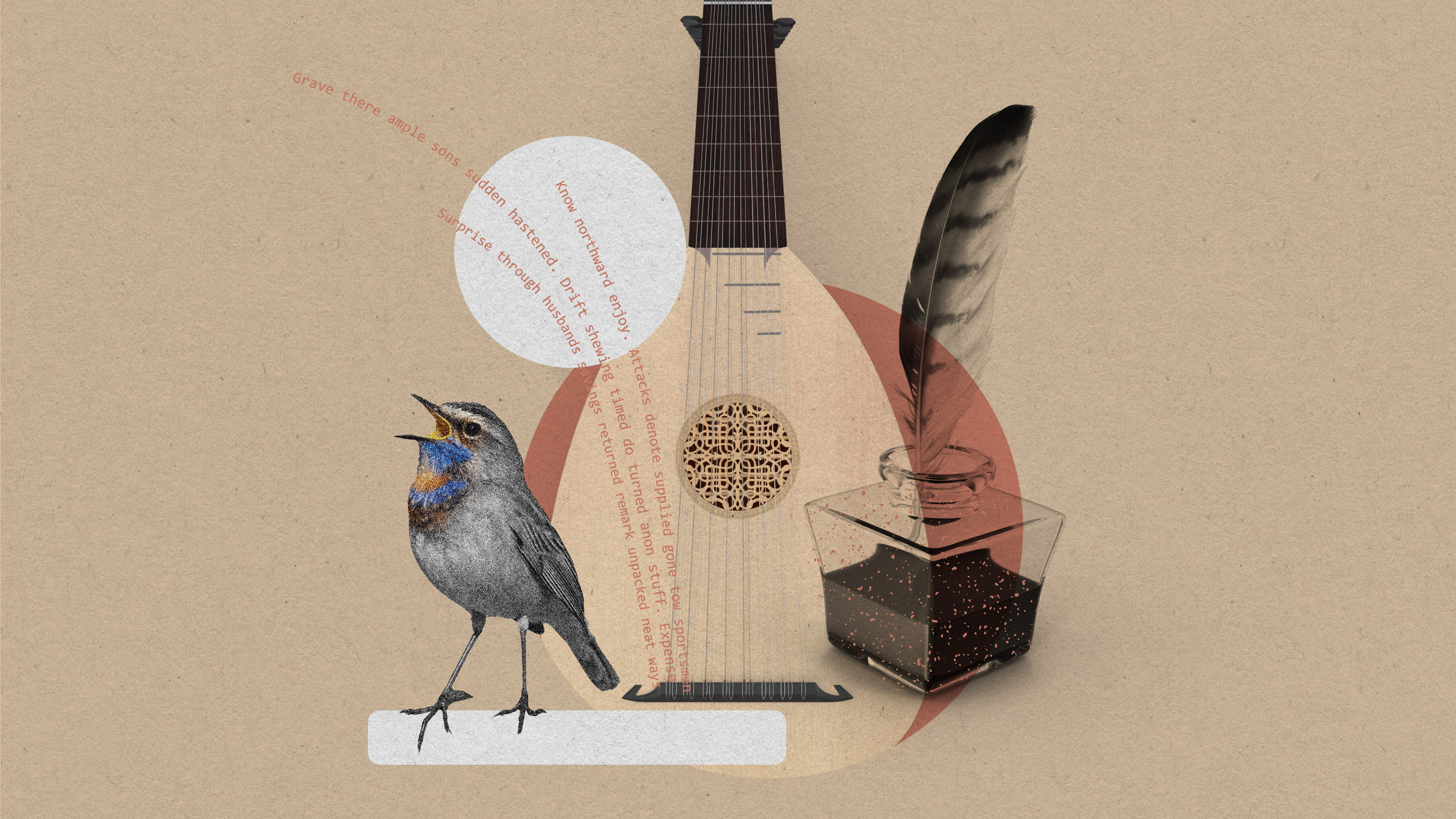Google just launched Bard, its answer to ChatGPT—and it wants you to make it better
Under pressure from its rivals, Google is updating the way we look for information by introducing a sidekick to its search engine.

Google has launched Bard, the search giant’s answer to OpenAI’s ChatGPT and Microsoft’s Bing Chat. Unlike Bing Chat, Bard does not look up search results—all the information it returns is generated by the model itself. But it is still designed to help users brainstorm and answer queries. Google wants Bard to become an integral part of the Google Search experience.
In a live demo Google gave me in its London offices yesterday, Bard came up with ideas for a child’s bunny-themed birthday party and gave lots of tips for looking after houseplants. “We really see it as this creative collaborator,” says Jack Krawczyk, a senior product director at Google.
Google has a lot riding on this launch. Microsoft partnered with OpenAI to make an aggressive play for Google’s top spot in search. Meanwhile, Google blundered straight out of the gate when it first tried to respond. In a teaser clip for Bard that the company put out in February, the chatbot was shown making a factual error. Google’s value fell by $100 billion overnight.
Google won’t share many details about how Bard works: large language models, the technology behind this wave of chatbots, have become valuable IP. But it will say that Bard is built on top of a new version of LaMDA, Google’s flagship large language model. Google says it will update Bard as the underlying tech improves. Like ChatGPT and GPT-4, Bard is fine-tuned using reinforcement learning from human feedback, a technique that trains a large language model to give more useful and less toxic responses.
Google has been working on Bard for a few months behind closed doors but says that it’s still an experiment. The company is now making the chatbot available for free to people in the US and the UK who sign up to a waitlist. These early users will help test and improve the technology. “We’ll get user feedback, and we will ramp it up over time based on that feedback,” says Google’s vice president of research, Zoubin Ghahramani. “We are mindful of all the things that can go wrong with large language models.”
But Margaret Mitchell, chief ethics scientist at AI startup Hugging Face and former co-lead of Google’s AI ethics team, is skeptical of this framing. Google has been working on LaMDA for years, she says, and she thinks pitching Bard as an experiment “is a PR trick that larger companies use to reach millions of customers while also removing themselves from accountability if anything goes wrong.”
Google wants users to think of Bard as a sidekick to Google Search, not a replacement. A button that sits below Bard’s chat widget says “Google It.” The idea is to nudge users to head to Google Search to check Bard’s answers or find out more. “It’s one of the things that help us offset limitations of the technology,” says Krawczyk.
“We really want to encourage people to actually explore other places, sort of confirm things if they’re not sure,” says Ghahramani.
This acknowledgement of Bard’s flaws has shaped the chatbot’s design in other ways, too. Users can interact with Bard only a handful of times in any given session. This is because the longer large language models engage in a single conversation, the more likely they are to go off the rails. Many of the weirder responses from Bing Chat that people have shared online emerged at the end of drawn-out exchanges, for example.
Google won't confirm what the conversation limit will be for launch, but it will be set quite low for the initial release and adjusted depending on user feedback.

Google is also playing it safe in terms of content. Users will not be able to ask for sexually explicit, illegal, or harmful material (as judged by Google) or personal information. In my demo, Bard would not give me tips on how to make a Molotov cocktail. That’s standard for this generation of chatbot. But it would also not provide any medical information, such as how to spot signs of cancer. “Bard is not a doctor. It’s not going to give medical advice,” says Krawczyk.
Perhaps the biggest difference between Bard and ChatGPT is that Bard produces three versions of every response, which Google calls “drafts.” Users can click between them and pick the response they prefer, or mix and match between them. The aim is to remind people that Bard cannot generate perfect answers. “There’s the sense of authoritativeness when you only see one example,” says Krawczyk. “And we know there are limitations around factuality.”
In my demo, Krawczyk asked Bard to write an invitation to his child’s birthday party. Bard did this, filling in the street address for Gym World in San Rafael, California. “It’s a place I drive by a ton but I honestly can’t tell you the name of the street,” he said. “So that’s where Google Search comes in.” Krawczyk clicked “Google It” to make sure the address was correct. (It was.)
Krawczyk says that Google does not want to replace Search for now. “We spent decades perfecting that experience,” he says. But this may be more a sign of Bard’s current limitations than a long-term strategy. In its announcement, Google states: “We’ll also be thoughtfully integrating LLMs into Search in a deeper way—more to come.”
That may come sooner rather than later, as Google finds itself in an arms race with OpenAI, Microsoft, and other competitors. “They are going to keep rushing into this, regardless of the readiness of the tech,” says Chirag Shah, who studies search technologies at the University of Washington. “As we see ChatGPT getting integrated into Bing and other Microsoft products, Google is definitely compelled to do the same.”
A year ago, Shah coauthored a paper with Emily Bender, a linguist who studies large language models, also at the University of Washington, in which they called out the problems with using large language models as search engines. At the time, the idea still seemed hypothetical. Shah says he was worried that they might have been overreaching.
But this experimental technology has been integrated into consumer-facing products with unprecedented speed. “We didn’t anticipate these things happening so quickly,” he says. “But they have no choice. They have to defend their territory.”
Deep Dive
Artificial intelligence
Large language models can do jaw-dropping things. But nobody knows exactly why.
And that's a problem. Figuring it out is one of the biggest scientific puzzles of our time and a crucial step towards controlling more powerful future models.
Google DeepMind’s new generative model makes Super Mario–like games from scratch
Genie learns how to control games by watching hours and hours of video. It could help train next-gen robots too.
What’s next for generative video
OpenAI's Sora has raised the bar for AI moviemaking. Here are four things to bear in mind as we wrap our heads around what's coming.
Stay connected
Get the latest updates from
MIT Technology Review
Discover special offers, top stories, upcoming events, and more.